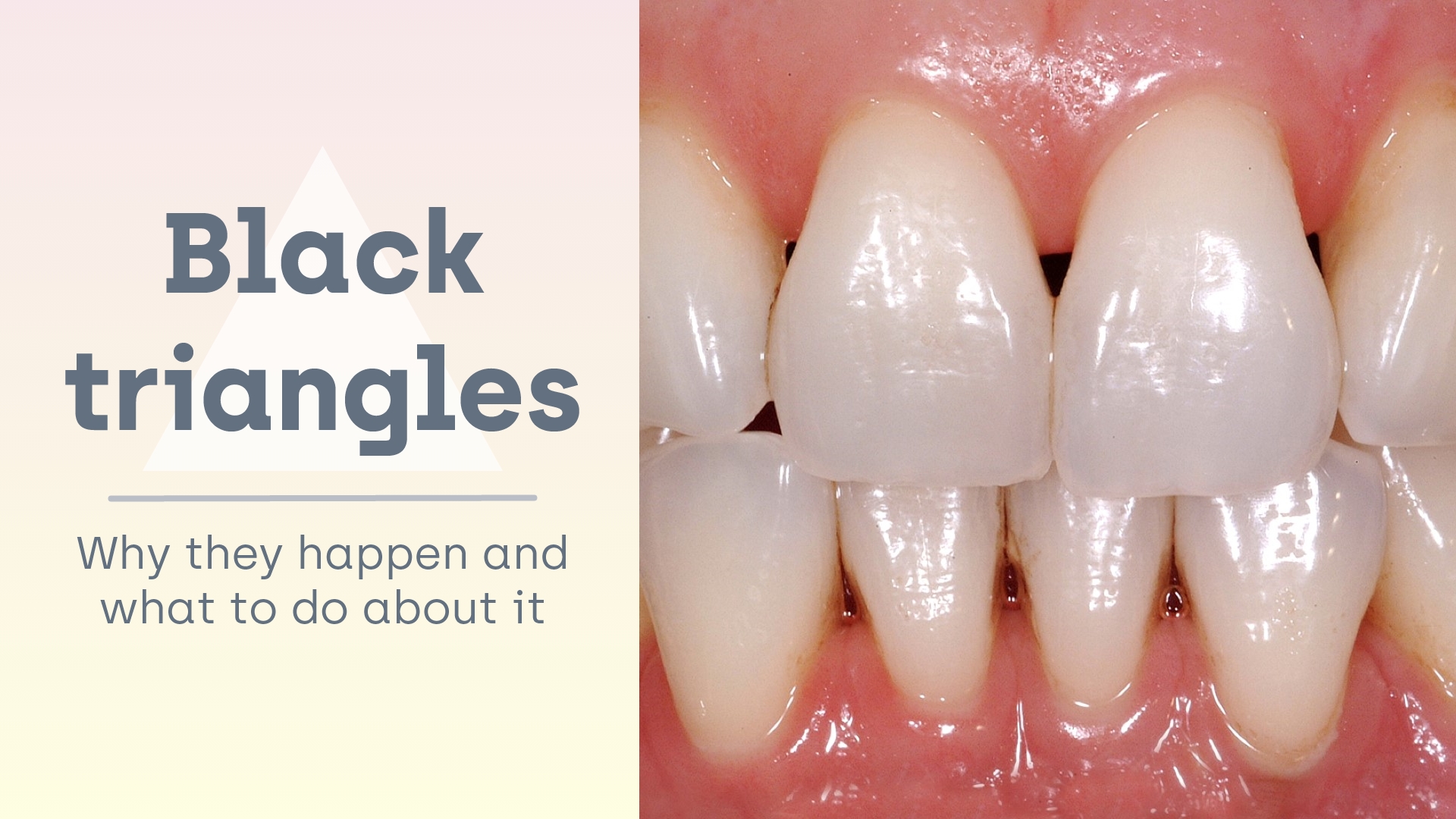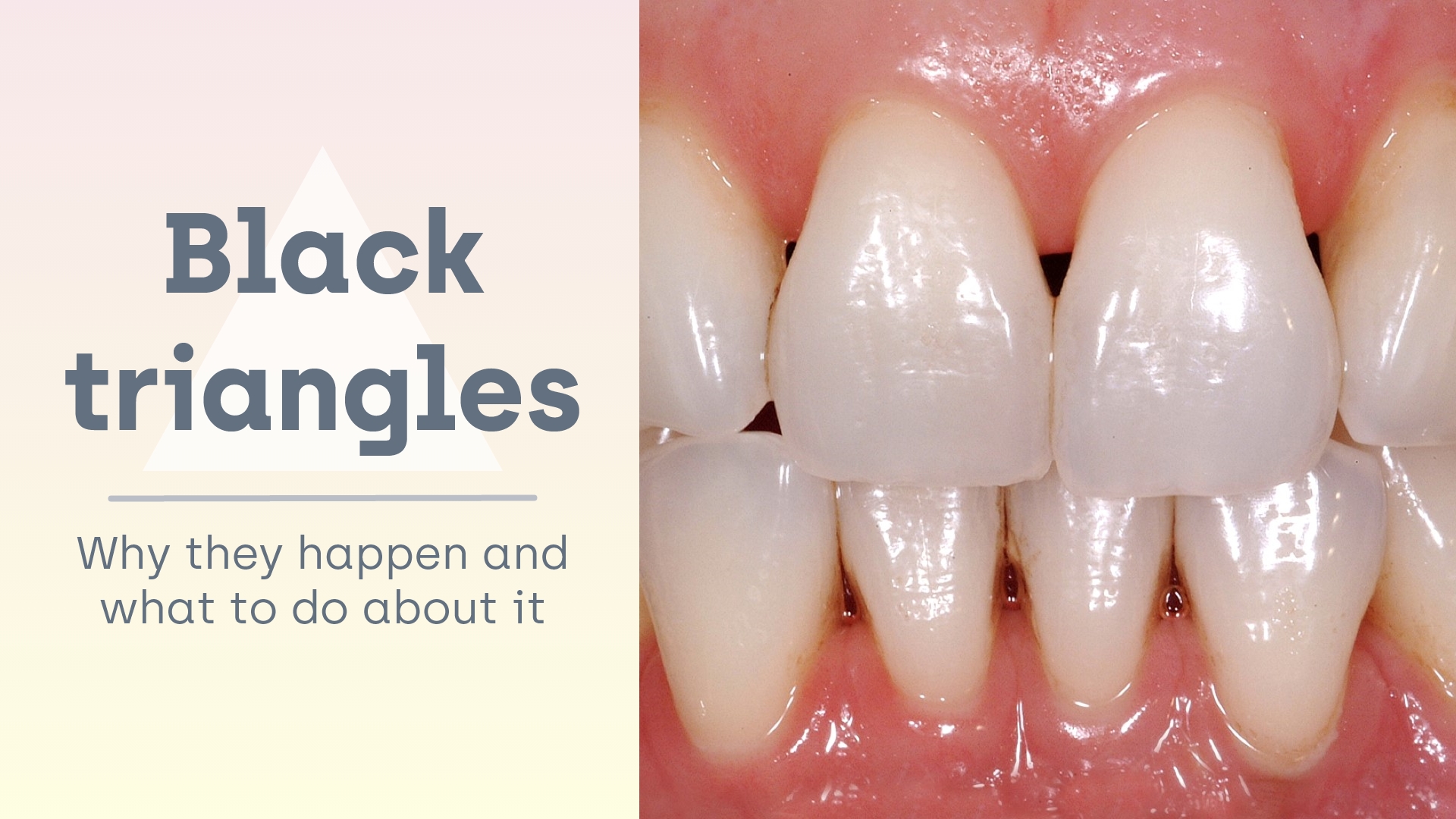Black Triangles Teeth: Fix Unsightly Gaps

The human smile is a powerful tool for communication, capable of conveying emotions, intentions, and even social status. However, for many individuals, the presence of black triangles between their teeth can significantly undermine the aesthetic appeal of their smile, leading to feelings of self-consciousness and embarrassment. These unsightly gaps, also known as open gingival embrasures, occur when the gum tissue between the teeth pulls back, creating a triangular space that can appear dark or black due to the contrast with the surrounding teeth.
Historical Evolution of Dental Aesthetics

The perception of beautiful teeth and gums has evolved significantly over time, influenced by cultural, social, and technological factors. In ancient civilizations, such as Egypt and Greece, teeth were often seen as a symbol of wealth and status, with elaborate dental adornments and prosthetics used to signify power and beauty. However, it wasn’t until the late 19th and early 20th centuries that the modern concept of dental aesthetics began to take shape, driven by advances in dental materials, techniques, and technology.
Today, the pursuit of a perfect smile is a global phenomenon, with millions of people seeking dental treatments and products to improve the appearance of their teeth and gums. The rise of social media has further accelerated this trend, with platforms like Instagram and Facebook showcasing flawless smiles and creating unrealistic beauty standards.
Causes of Black Triangles

Black triangles can occur due to a variety of factors, including:
- Gum recession: When the gum tissue pulls back from the teeth, exposing the root surface and creating a triangular space.
- Tooth shape and size: Teeth that are unevenly shaped or sized can create gaps between them, leading to the formation of black triangles.
- Orthodontic treatment: In some cases, orthodontic treatment can cause the teeth to shift, creating gaps between them.
- Bone loss: The loss of bone density in the jaw can cause the gum tissue to recede, leading to the formation of black triangles.
Expert Insight: “Black triangles can be a significant concern for individuals who value their smile. However, with the right treatment approach, these unsightly gaps can be effectively addressed, restoring confidence and beauty to the smile.”
Treatment Options
Fortunately, there are several treatment options available to fix black triangles, ranging from non-invasive procedures to more complex surgical interventions. Some of the most common treatments include:
- Dental bonding: A tooth-colored resin is applied to the teeth to fill in the gaps and create a more uniform appearance.
- Veneers: Thin, porcelain layers are bonded to the teeth to cover up gaps and imperfections.
- Crowns: Caps are placed over the teeth to restore their shape and size, eliminating gaps and black triangles.
- Gum grafting: A surgical procedure that involves taking gum tissue from one part of the mouth and grafting it onto the affected area to fill in the gaps.
Myth vs. Reality: Black Triangles
There are several myths and misconceptions surrounding black triangles, including:
- Myth: Black triangles are a natural part of the aging process and cannot be treated.
- Reality: While gum recession and bone loss can occur with age, black triangles can be effectively treated with a range of dental procedures.
- Myth: Black triangles are only a cosmetic concern and do not affect oral health.
- Reality: Black triangles can trap food and bacteria, leading to oral health problems such as gum disease and tooth decay.
What causes black triangles between teeth?
+Black triangles can occur due to a variety of factors, including gum recession, tooth shape and size, orthodontic treatment, and bone loss.
Can black triangles be treated?
+Yes, black triangles can be effectively treated with a range of dental procedures, from non-invasive bonding to more complex surgical interventions.
Are black triangles a cosmetic concern only?
+No, black triangles can trap food and bacteria, leading to oral health problems such as gum disease and tooth decay. Therefore, treating black triangles is essential for maintaining good oral health.
Conclusion

Black triangles can be a significant concern for individuals who value their smile, but with the right treatment approach, these unsightly gaps can be effectively addressed. By understanding the causes of black triangles and exploring the available treatment options, individuals can restore confidence and beauty to their smile. Whether through non-invasive procedures or more complex surgical interventions, the key to successful treatment is to address the underlying cause of the black triangles and develop a personalized treatment plan that meets the individual’s unique needs and goals.

